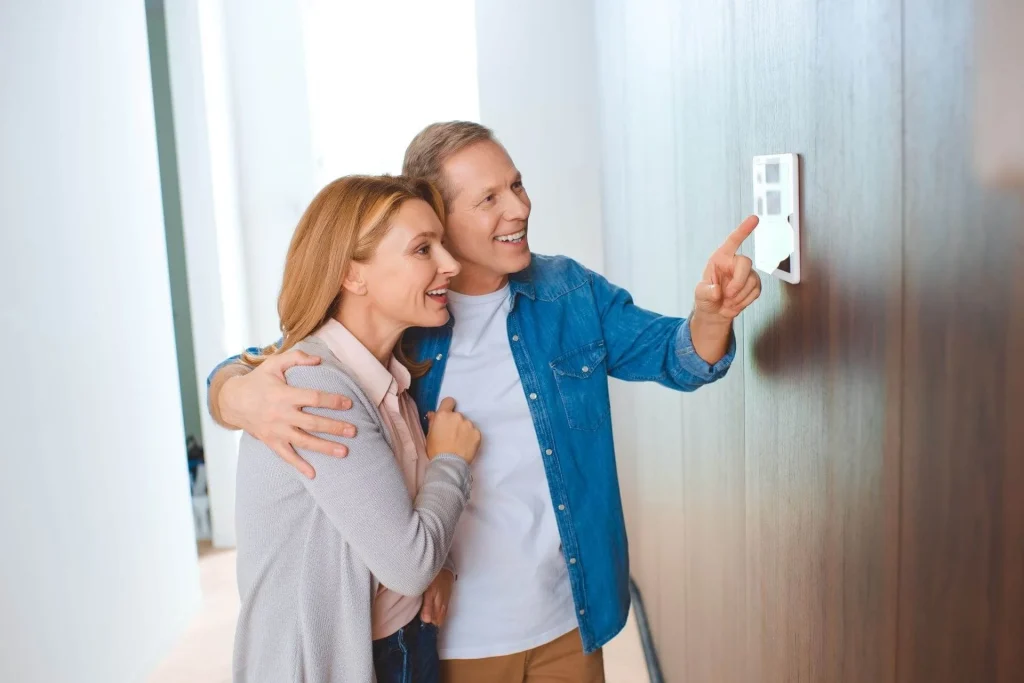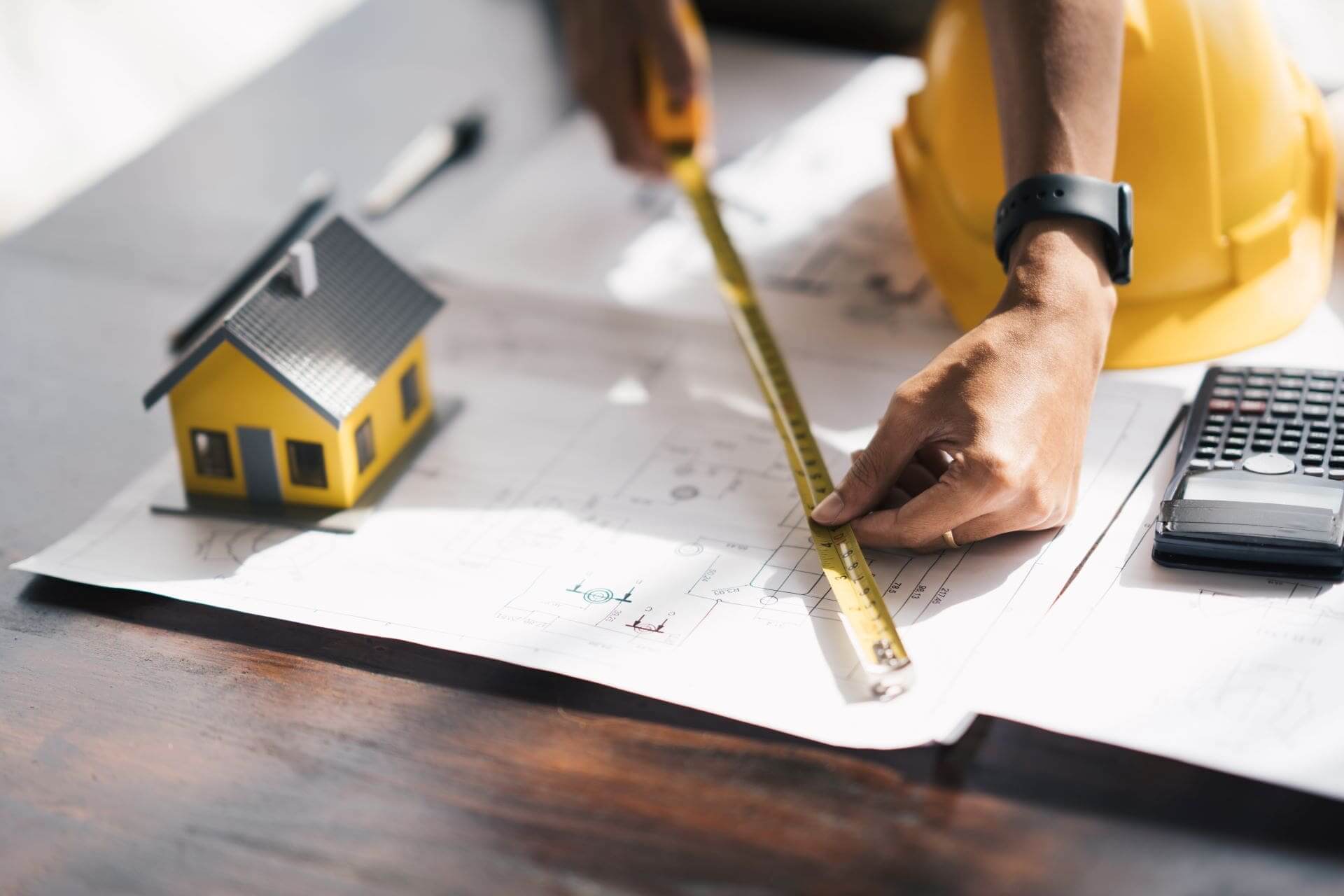The idea of adaptive home design has changed how we view our living spaces. Cavite house and lot are no longer rigid, one-size-fits-all properties as they once were. Instead, the goal of adaptive home design today is to create livable spaces that can adapt to the changing demands of individuals and families.
In this article, we’ll look at the many advantages of adapted house design and how it’s changing how we live.

What Is Adaptive Interior Design?
With responsive and adaptive design, you can build an adaptable, future-proof Cavite house and lot. Although the fundamental ideas behind adaptive design have already been present for years, it has only been in the past couple of years that we have seen them gain favor in the residential building industry.
The goal of conventional home construction is to create an ideal living space from the beginning, one that will endure for all of its existence (or at least until you resell it). However, with adaptive design, no presumptions are made regarding how your family will evolve over time; rather, you start out with an open mind towards the sorts of changes that could happen in the future to ensure that when those changes do come—and they always do, you’re prepared for them in advance.
What Is Adaptive Design in Architecture?
The concept of adaptive architecture is put up as a different way for architects to design buildings that are versatile, sustainable, and future-proof systems instead of immovable, rigid things stuck in a specific place and time.
Furthermore, the word “adaptation” is frequently used in architecture to refer to how morphologies of architectural artifacts change over time. These evolving morphologies are a result of timely changes and the expansion of architecture as a social phenomenon, technological advancement, and profession. As architectural evolution has advanced over time, changes in how structures are conceived and constructed have taken place. Architectural morphologies evolve across time based on the period in which they are conceived and constructed.
Why Is Adaptability Important in Design?
The ability of an area or setting to adapt to changing needs and optimize value during the course of its intended usage is referred to as adaptability in interior design. The structural, geographical, and service techniques embodied by this strategy permit changes throughout time.
In every other aspect, a structure that is more adaptable will be used more effectively and last longer since it can adjust to changes more affordably. In addition, improved environmental sustainability over the course of the building’s lifecycle may result from a longer and more effective service life.

What Are the Benefits of Adaptive Home Design?
Architecture has traditionally been linked to uniqueness, creativeness, and expanding the boundaries of what is practical. However, there has been an increasing trend in favor of an improbable idea in recent years: adaptive reuse. Architects and designers are now attempting to recycle existing structures rather than demolishing ancient buildings and beginning from scratch. Due to the many advantages this practice has for the environment and for our communities, it is becoming more popular.
1. Enhanced accessibility
Accessibility is one of the main advantages of adaptive house design. These residences are built to accommodate people of various physical capacities. Everyone’s daily life is made more pleasant by amenities like wider doorways, step-free entrances, and accessible bathrooms, including people who have mobility issues or disabilities.
2. Energy efficiency
The environmental benefits of adaptive reuse may be its most important advantage. Because it necessitates the transportation and disposal of materials, deconstructing buildings is a significant contributor to trash and carbon emissions. Conversely, adaptive reuse minimizes waste while saving energy and resources. Repurposing existing buildings allows us to make better use of the space we currently have rather than having to build on new land, which also helps to reduce urban expansion.
Furthermore, energy conservation is frequently considered when building adaptive housing. Smart thermostats, energy-efficient appliances, and well-insulated walls all contribute to lower energy use and utility costs. By conserving resources, this helps homeowners while simultaneously promoting a more sustainable future.
3. Flexibility and versatility
Architects and designers must be adaptable and creative while repurposing a current building. They must operate within the limits of an existing framework rather than beginning from scratch. Buildings that are specially tailored to their surroundings might result from this, as well as inventive and unexpected architectural ideas.
Principles of adaptive design enable flexibility in the usage of areas. Open floor layouts, movable furniture, and easily reconfigurable walls give homeowners the flexibility to modify their Cavite house and lot to fit changing demands. Overall, adaptability is a major benefit, whether it’s supporting a growing family or setting up a home office.
4. Smart home integration
Flexibility is a key component of adaptive house design, and smart home technology completely supports this idea. Smart gadgets can be incorporated and changed as necessary to accommodate unpredictable circumstances. For instance, by changing the lighting, temperature, and even the arrangement of the furniture in a room at the press of a button, you can easily convert a nice living area into an intimate office.
Additionally, integrating a smart home gives homeowners peace of mind and the ability to easily regulate many parts of their living areas. These systems might include of smart locks, motion detectors, and video cameras, all of which could be incorporated into a thorough security network. To improve overall safety, adaptive homes might change security settings based on occupancy or the time of day.
5. Increased property value
Home developers as well as building owners may find adaptive reuse to be a cost-effective alternative. Due to the pre-existing building shell, repurposing an old structure is frequently less expensive than starting from scratch. The reason why, homes with adaptive design features are in great demand in the housing market. These amenities raise the standard of living for the current residents while also increasing the property’s value and increasing its appeal to prospective purchasers or tenants.
Repurposing a building can also be a wise financial move for businesses, as it can help reduce overhead expenses and give a distinctive, character-filled location that distinguishes them from rivals.
Read more: Real Estate Leaders’ Must-Have Transformation Guide


